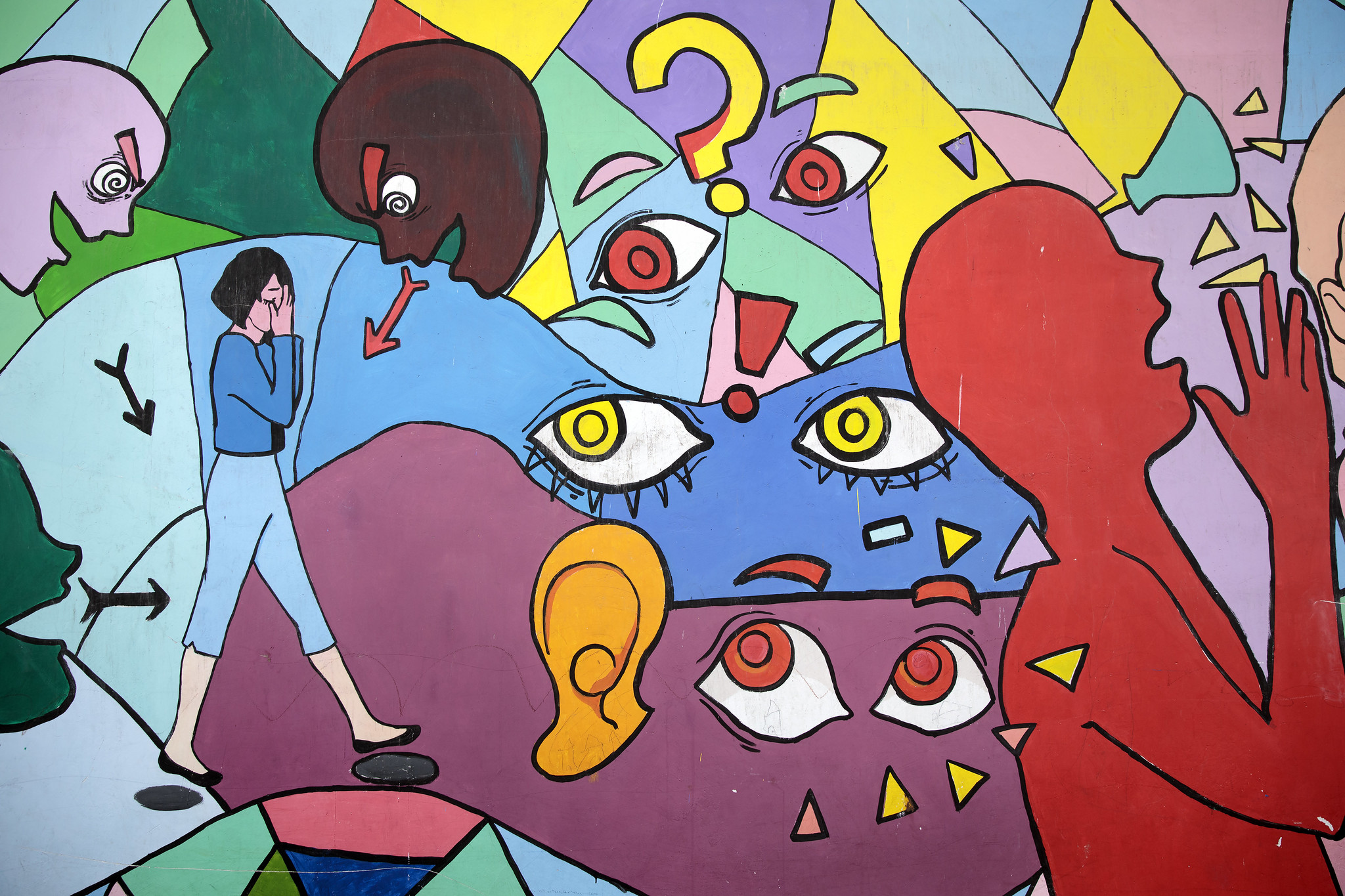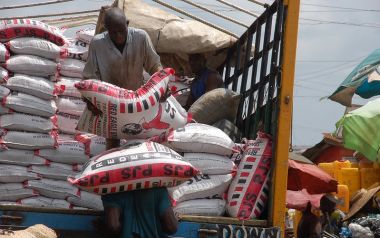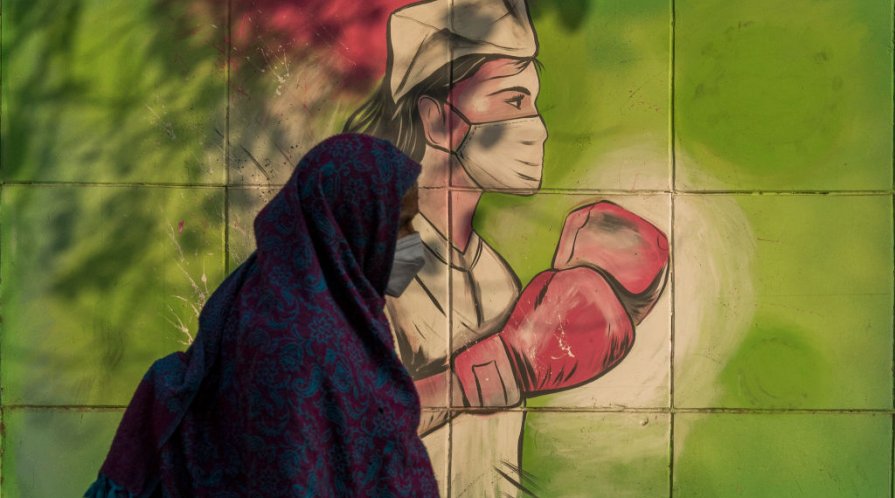UNWOMEN
As COVID-19 quarantine and social distancing measures confine women and transgender and gender-diverse people with abusers, and limit survivors’ access to support networks and services, the “shadow pandemic” of gender-based violence has surged. Domestic violence calls and reports to helplines and police have increased in some cases, while elsewhere rates have decreased as survivors are unable to leave home or use a phone to ask for help, or because services are simply unavailable.
IFPRI
The COVID-19 pandemic has led to multiple disruptions in food demand and supply, and while in general food systems have proven more resilient than many expected so far, the poor and vulnerable have been hit hardest. In this regard, food prices are a critical indicator. Most food price tracking systems aggregate data that may miss short-term price spikes in specific locations—information that could be used to target relief. Here, researchers from the European Commission's Joint Research Centre and the International Institute of Tropical Agriculture describe the development of a crowdsourcing tool for collecting real-time local price data. They used it to capture food prices in locations in northern Nigeria during a 4-week pandemic lockdown period, showing important temporal and spatial price variations for staple foods. Based on their experience, they discuss the benefits and challenges, in emergencies and more generally, of crowdsourcing approaches for food prices.—John McDermott, series co-editor and Director, CGIAR Research Program on Agriculture for Nutrition and Health (A4NH).
UN News
Gaps in life-saving interventions are undermining efforts to curb malaria, amid fears that the coronavirus pandemic could set back the fight against the disease even further, the UN World Health Organization (WHO) has said.
UNDP
Focused SDG investments over the next decade could prevent the rise of extreme poverty and even exceed the development trajectory the world was on before the pandemic
IMF
In our paper, we estimate that low-income countries will need around $200 billion until 2025 to step up their response to the pandemic, and a further $250 billion to catch up with advanced economies. An additional $100 billion will be needed if risks identified in the baseline scenario materialize. Meeting these needs will require a coordinated, multifaceted, strong response.
KFF
The coronavirus pandemic in the U.S. and the changes in the daily lives of Americans that ensued have taken a toll on people’s mental health and created new barriers for those seeking mental health care. Stress and worry about contracting the virus, coupled with job losses, loss of childcare, as well as the devastating loss of loved ones due to COVID-19 are just a few ways in which the pandemic may be having an effect on mental health. Previous KFF analysis of the Census Bureau’s Household Pulse Survey from earlier this year shows the economic downturn has led to mental health issues and increased substance abuse in the U.S..
Stanford Unv
A collaborative study by a group of researchers including APARC’s Karen Eggleston documents the adverse effects of COVID-19 on people with chronic conditions in India, particularly among poor, rural, and marginalized populations. The pandemic’s impacts extend beyond health disparities to encompass psychosocial and economic consequences, the study shows.
Brookings
As the one-year anniversary of campus closures due to COVID-19 passed last March, nearly half of America’s children were attending schools operating remotely or open only on a hybrid basis. In California, more than 70% of students were attending schools that were fully remote.
Hospitality Net
The African Members of the World Tourism Organization (UNWTO) have met in Cabo Verde to strengthen their cooperation and advance plans for recovery and sustainable growth.
Daily Monitor
In the context of an agricultural economy amidst the worst circumstances of Covid-19 people must still eat and must still have raw materials to feed industry.











